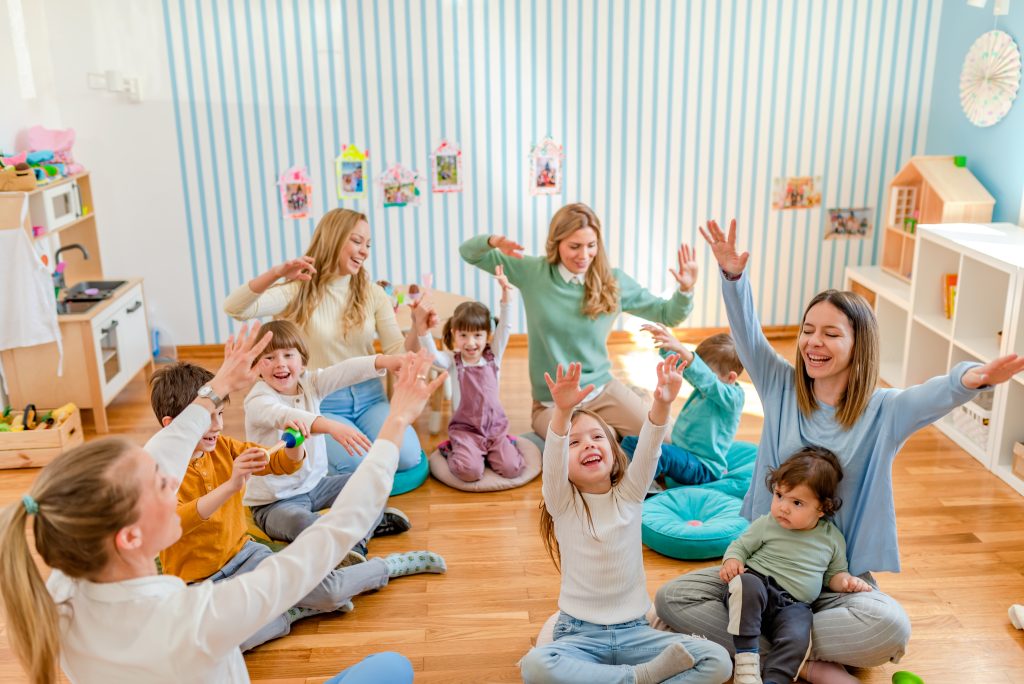In Asia’s fast-growing urban centres, concerns about air pollution are often focused on what we breathe outdoors. Yet many families are surprised to learn that the air inside their homes may be even more polluted. From cooking fumes and cleaning products to dust and humidity, indoor air can contain a range of hidden pollutants that affect children’s health and comfort.
Children are especially vulnerable to poor indoor air quality due to their developing lungs and higher breathing rates. The good news is that, unlike outdoor pollution, indoor air is something we can influence. In this article, we share our perspective on seven practical tips every parent should know to help improve air quality at home, reduce health risks, and create a safer, more comfortable environment for your child, starting with the spaces you use every day.
Understand Why Indoor Air Quality Matters
Many parents are aware of outdoor air quality concerns in cities like Bangkok, Jakarta, or Manila, but the impact of indoor air is often overlooked. The truth is, indoor air can sometimes be two to five times more polluted than what we breathe outside, particularly in sealed, air-conditioned spaces. This is due to a mix of indoor sources such as cleaning products, building materials, pet dander, and poor ventilation.
Hidden Risks in Urban Living
Modern homes, especially in dense urban areas, are often designed to be energy-efficient and tightly sealed, which can reduce fresh airflow. Over time, this allows pollutants like volatile organic compounds (VOCs), mould spores, and fine dust to accumulate. These invisible irritants can trigger respiratory issues, skin sensitivities, and even affect focus and sleep quality, especially in children who spend most of their time indoors.
Why Children Are More Vulnerable
Children breathe more air per kilogram of body weight than adults and their lungs are still developing, making them more susceptible to airborne pollutants. Studies have linked poor indoor air quality to increased asthma rates, allergic reactions, and concentration difficulties in young learners. Within the AISL Mall network, many schools prioritise air quality monitoring and air purification as part of their commitment to student wellbeing. At home, parents can take simple yet impactful steps to create a healthier breathing environment.
1. Ventilate with Purpose
Fresh air is essential to maintaining good indoor air quality, but in urban environments with high outdoor pollution, ventilation needs to be managed carefully. Simply opening windows at the wrong time of day can introduce more pollutants than it removes.
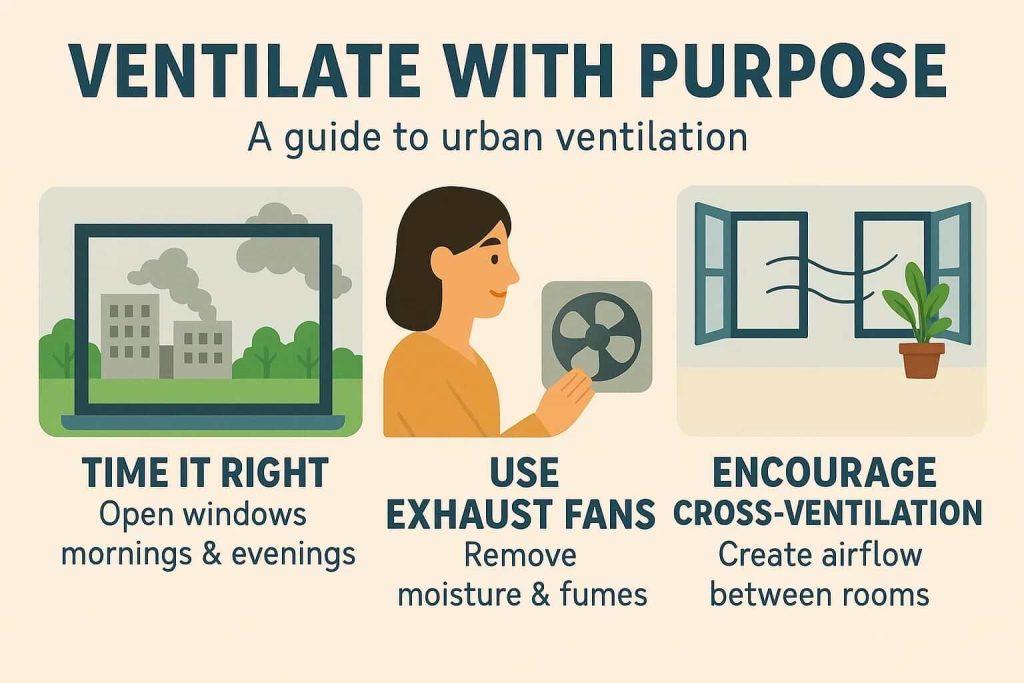
Time it right: Open windows during early mornings or late evenings when outdoor pollution levels tend to be lower. Avoid peak traffic hours or high-smog periods.
Use exhaust fans: In kitchens and bathrooms, extract fans help remove moisture, smoke, and volatile compounds released during cooking or cleaning.
Encourage cross-ventilation: When possible, create airflow between rooms by opening windows or doors on opposite sides. This helps stale air exit and reduces the buildup of indoor pollutants.
2. Invest in a High-Quality Air Purifier
In many urban homes, especially those near busy roads or construction zones, an air purifier is one of the most effective tools for improving indoor air quality. Not all purifiers are created equal, so it’s important to choose one that meets the needs of your family and environment.
Choose the right filter: Look for models that include a HEPA (High Efficiency Particulate Air) filter, which can capture fine particles like PM2.5, dust, pollen, and pet dander. Activated carbon filters are also helpful for absorbing odours and harmful gases.
Know where to place it: Prioritise areas where your child spends the most time, which are typically bedrooms, living rooms, or study areas. Avoid placing purifiers too close to walls or behind furniture to ensure proper circulation.
Track air quality: Some modern purifiers include sensors that monitor real-time air quality and adjust their filtration accordingly. This can offer peace of mind, especially during periods of high pollution.
3. Monitor Indoor Humidity Levels
Humidity plays a significant role in indoor air quality. In tropical or monsoon-prone regions of Asia, high humidity can create the perfect environment for mould, dust mites, and bacteria, which are common triggers for allergies and asthma in children.
Aim for balance: The ideal indoor humidity level is between 40% and 60%. Anything higher can lead to mould growth, while very low humidity may cause dry skin, irritated sinuses, and increased static electricity.
Use a hygrometer: A simple digital hygrometer lets you track humidity throughout the day. This is especially useful during seasonal changes or in air-conditioned spaces that may dry out the air.
Adjust when needed: If your home feels damp, consider using a dehumidifier in bedrooms or bathrooms. In cooler climates or air-conditioned environments, a humidifier may help keep air comfortable, especially for children prone to dry coughs or eczema.
4. Reduce Indoor Pollutants from Household Items
Many common household products release chemicals and particles that can degrade indoor air quality, especially in enclosed urban homes. Taking a closer look at what you bring into your living space and how you use it can make a meaningful difference.

Beware of Off-Gassing
New furniture, mattresses, carpets, and even wall paint can emit VOCs for weeks or months after purchase. These chemicals are linked to headaches, respiratory irritation, and long-term health concerns.
- Look for items labelled as low-VOC or Greenguard-certified
- Air out new items before bringing them into your child’s bedroom or play area
Irritant Cleaning Products
Many conventional cleaning sprays, bleach-based disinfectants, and artificial air fresheners release fumes that linger in the air. While they may leave your home smelling “clean,” they can also irritate the lungs.
- Switch to natural alternatives such as vinegar, baking soda, or lemon-based cleaners
- Choose fragrance-free or plant-based options where possible
Create a No-Shoes Policy at Home
One of the simplest yet most effective ways to improve indoor air quality is by asking family members and guests to remove their shoes before entering your living space. This is a cultural norm already in many Asian families. Urban streets often are a source of fine dust, heavy metals, pesticides, and bacteria.
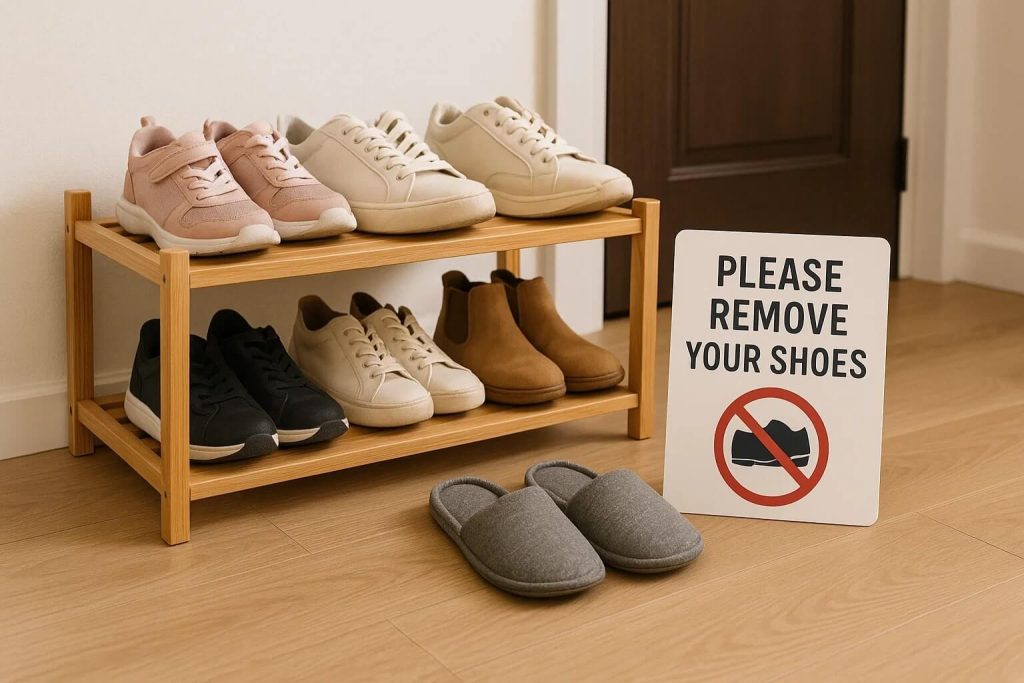
Minimise toxic particles indoors: Studies have shown that pollutants such as lead, arsenic, and particulate matter can hitch a ride on the soles of shoes, especially in high-traffic city environments.
Support a cleaner, healthier floor: For young children who crawl, play, or sit on the floor, this policy significantly reduces exposure to harmful residues.
Provide a shoe rack by the door and offer indoor slippers or washable socks to make the habit easy and comfortable.
6. Keep Indoor Plants (Strategically)
Indoor plants can enhance air quality and bring a sense of calm to any home, but they need to be chosen and maintained wisely, especially when children are present. While plants are not a substitute for proper ventilation or filtration, they can play a small supportive role in reducing indoor toxins.
Choose the right species: Varieties such as peace lilies, snake plants, spider plants, and pothos are often recommended for their air-purifying properties. Be sure to select non-toxic options if you have young children or pets.
Avoid overwatering: Excess moisture in soil can encourage mould and mildew, which may worsen indoor air quality rather than improve it. Good drainage and moderate watering are key.
Limit the number of plants per room to maintain airflow and reduce potential allergens.
7. Prioritise Regular Cleaning and Dust Control
Dust is a major carrier of allergens, pollutants, and even microscopic chemicals in urban homes. Staying on top of regular cleaning routines helps maintain healthier air and reduces respiratory irritants, especially for children with allergies or asthma.
Use the right tools: Microfibre cloths are more effective than feather dusters at trapping fine particles. For floors and carpets, use a vacuum cleaner with a built-in HEPA filter to prevent dust from being re-released into the air.
Target soft surfaces: Upholstered furniture, curtains, bedding, and soft toys tend to collect dust and should be cleaned weekly. Hot water washing can help eliminate dust mites and allergens.
Creating a Healthier Home, One Breath at a Time
Improving indoor air quality doesn’t require a complete lifestyle overhaul. With a few intentional changes you can significantly reduce your child’s exposure to pollutants and allergens at home.
For more tips on home wellbeing, school readiness, and family health in urban environments, explore trusted resources and support from AISL Mall.
Health and Wellness programs that may support your child’s emotional wellbeing and learning journey:
Get a special discount by quoting code AISLMALL during CHECKOUT.
Allied Health School Services Program – Parents workshop (90 mins)
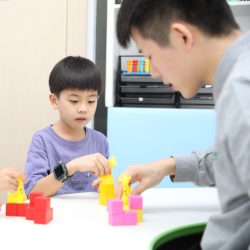
In 2023, ISS and OST Therapy launched the Allied Health School Services Program. The AHSS team offers personalized workshops for parents, focusing on speech/language skills, cognitive play, behaviour management, and building resilience. These workshops provide practical strategies to help parents support their child’s development and create a positive home environment.
Caritas – Counselling Services
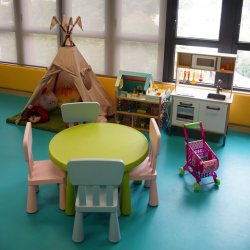
Caritas Human Empowerment & Achievement Training (HEAT) offers counseling for marital issues, extra-marital affairs, divorce, and marriage enrichment. Services include family mediation, sex therapy, support for family conflicts, and therapy for emotional, behavioural, and learning issues in children, as well as mood, stress, anxiety, and trauma.
Health & Wellbeing – Deck of cards

Dr. Christopher Willard’s mindfulness decks offer exercises for emotional well-being, including *Mindful Parenting*, *Self-Love*, and tools for teens to manage depression, anxiety, and build resilience. Each deck provides practical mindfulness strategies for emotional growth and mental health at every life stage.
Health & Wellbeing Videos

Unlock mindfulness and communication skills with expert-led courses. Topics include fostering positive family dialogue, boosting academic performance through mindfulness, and age-specific practices for preschoolers, primary students, and teens, promoting focus, emotional balance, and resilience.
iLiving: Initial 90-minute Consultation with Supported Healing for Children
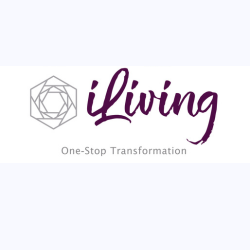
iLiving is a holistic wellness centre that offers integrated services for personal transformation. They provide a comprehensive approach to address both physical and mental health, focusing on modalities like bioresonance, life coaching, family constellations, and more to help clients achieve optimal well-being. This consultation includes health scan of a child who is suffering from chronic physical or mental health challenge and coaching to their caretaker/parent(s).
KFBG Transformative and Mindfulness Forest Immersion Walk

Kadoorie Farm and Botanic Garden (KFBG) delivers inspiring, awareness-shifting and transformative programmes with potential life-changing experiences. We offer an opportunity and a peaceful space in the natural environment of KFBG for participants to experience, to rethink, to identify and to be able to deeply connect and appreciate Gaia, our mother Earth, and the interconnection and interrelationship that we share with her. By being close to, and having a respect for nature, through our transformative workshops, people can experience a sense of deep happiness and spiritual contentment in which could facilitate a more holistic way of living.
Llegend – Diploma in Professional Aromatherapy

This aromatherapy course covers essential oils, anatomy, and therapeutic applications, combining theory and practice. Accredited by the IFA, it offers exemptions for the UK TQUK Level 4 Certificate. As Hong Kong’s leading college for aromatherapy, it boasts 7 international accreditations.
Therapy Services – 1 on 1 Offline Therapy Service

In 2023, ISS and OST Therapy launched the Allied Health School Services Program. Our certified speech-language pathologists and occupational therapists offer personalized therapy for speech, language, motor skills, emotional regulation, and self-care. We use evidence-based practices to support students’ academic and social growth, boosting confidence and promoting inclusive learning environments.
Wellbeing Books Series
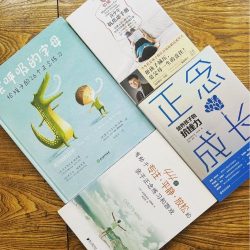
Dr. Willard’s books blend mindfulness with practical approaches for families. Alphabreaths teaches kids mindfulness through ABC-themed breathing exercises, while Growing Up Mindful offers parents and educators tools to help children build resilience, self-awareness, and empathy through mindfulness.








